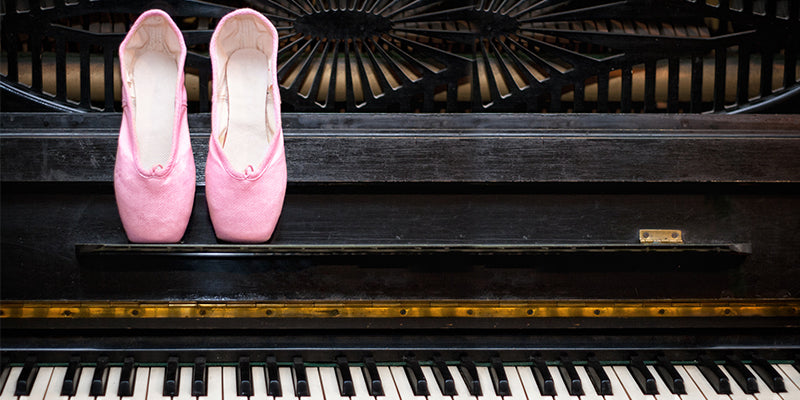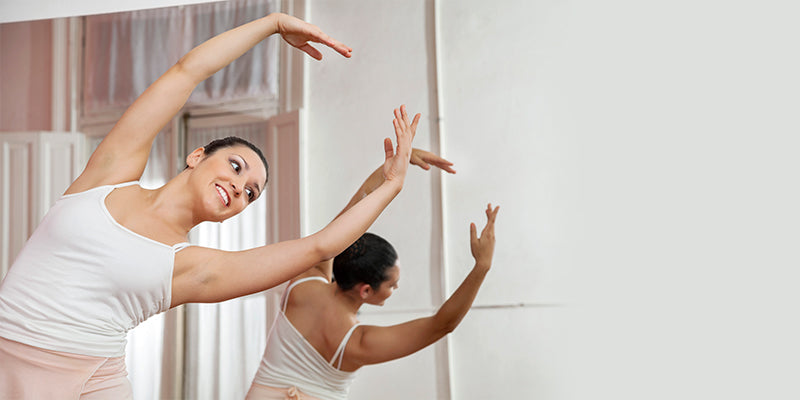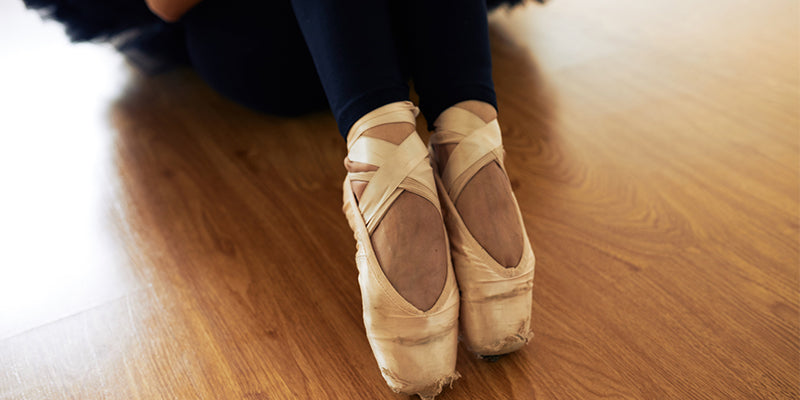No Products in the Cart
Dance is typically not considered to be a sport. But dancers are athletes in the degree in which they require greater physical capacities to perform at the highest level. A dance studio plays a vital role in a dancer's life and daily routine.
A dance studio is a place where dancers spend most of their active hours, practicing, rehearsing, and performing. Dance studios have standard infrastructure that is common to almost all locations. Let’s take a quick look at what to expect in a dance studio.

Most dance studios have special flooring to help minimize stress on bones and joints. The "sprung floor" is considered to be the best floor. It is a floating floor that rests on a system of high-density foam to absorb the shock of jumping.
Marley or any other vinyl floor covering is preferred dance surface for ballet. It can be rolled up if needed for a performance at another venue. Vinyl flooring simply "floats" on a hardwood floor without any adhesive and requires only a few tapes on the edges to fasten it up.
Another form of the floor that is popular is the semi-traditional floor, made with wood battens laid on neoprene pads. Arranged in a standard pattern, plywood is placed on top to spread the load and finally topped with good quality durable wood. The wooden flooring with neoprene instead of rubber as the base is one of the most commonly found dance floors in dance studios across the country.
Or support bars, are typically fixed to a wall or portable apparatus which is waist high and provides support is used. Barre could be wall-mounted, floor mounted or portable. Most studios prefer using portable barre. Barre is an essential part of the warm-up routine, and most ballet dancers would start their dance practice with a session on the barre. Freestanding Barres made with a sturdy material that allows the dancers to practice from both sides is the best. Make sure the Barres used at dance studios do not have too many joints to avoid any kind of accidents.
Most dance studios have a decent music system with speakers, and a remote, to ensure repeat movements under the guidance of the instructor. Sound systems should play CDs, iPods, iPads, laptops, etc.
A dance studio also provides a place for dancers to freshen up, change and stow away their valuables while they are dancing. Typically, most dance studios will have small space assigned to this area because they don’t want students to loiter about in these areas.
Dance studios which also conduct recitals often have a station to repair and work on the costumes. The costumes, accessories and other props are stored safely in the area along with additional items which are not used frequently.
- Most professional dance studios will have the floor to ceiling mirrors surrounding the main dance floor/ practice area for dancers to check their postures while practicing. Small studios will have at least one such mirror.
Many studios also have a piano, to help dancers practice on live music. A professional dance studio almost always has a piano, especially for ballet and ballroom sequences.
A big wall clock for dancers to be aware of the time is one of the crucial parts of the whole setup.
*Additional considerations to make the dance studio a safer and more effective learning environment are:
*Source: CEDFA, for complete guidelines- click here

Once you have stepped into your dance studio, here is what you should expect as far as the course and curriculum structure is concerned
Every class at your dance studio will be divided by age and level. The basic structure of each class has 3 routines- Warm-up, across the floor and dance routines.
A syllabus is followed for all age groups. Different age groups have age- appropriate steps, techniques and syllabi. For example- in a pre-school program, dancers are taught fundamentals of dance, creative routines, ballet moves, tumbling, and basic tap steps – before they get a taste of main techniques of dance.
Some studios also conduct exams based on the syllabus, and professional instructors also encourage students to take dance exams conducted by dance bodies. Professional dance studios also provide a progress report and conduct recitals, competitions, etc to push students to work harder.
This time of the year, most studios are bringing out a year-end show in a professional theatre. This is an excellent opportunity to check the students, their performance levels, interact with other parents, as well as judge the professionalism of the studio instructors.
One key element in choosing a good dance studio is if the teacher or the studio owner doubles up as administrator too. The class may suffer if the teacher uses class time to handle customer service issues. A good studio will have an additional support staff to help you with costumes, schedules, and other details, while the teacher is occupied with the class. A studio which has necessary emergency medical assistance is also a clincher for many parents seeking out a place for their children to dance safely.

To succeed as a ballerina, and make the most of the facilities provided by your ballet studio, here are some tips:
Running a successful dance studio brimming with students is not an easy job. For dance teachers, a dance studio with a well-planned system in place means having the career of their dreams while also getting to enjoy their financial and personal life. A dance studio's outward appearance makes a significant impression on dance parents and dancers alike.
Everyone loves a cutting-edge, safe facility that provides an appropriate environment for dancers to thrive. Everyone has their criteria of choosing a dance studio, and before you finalize a dance studio for your ballet practice, make sure you meet up with the studio owner, walk around the studio and see how you feel. A little research on the internet like On1dancewear’s studio- partner’s list can help in a big way. Checking the bios of the teacher, taking feedback from other parents, and teaching methodology, all can help in deciding the best ballet dance studio for your ballerina.